
Beneath California lies the San Andreas Fault, a geological boundary where the Pacific and North American tectonic plates meet. Spanning 800 miles, this fault is a testament to the Earth’s immense power and unpredictability. Recent increases in seismic activity have raised fears that a major earthquake, often referred to as “the Big One,” is overdue. Scientists say that the southern segment of the fault — which has not ruptured significantly since the 1857 Fort Tejon quake (magnitude 7.9) — is overdue for a massive seismic event. This tension is akin to a tightly wound spring on the brink of release. For Californians who live on top of this fault line, the increasing activity is a stark reminder of the region’s vulnerability to catastrophic earthquakes.
Historical Context of Seismic Activity
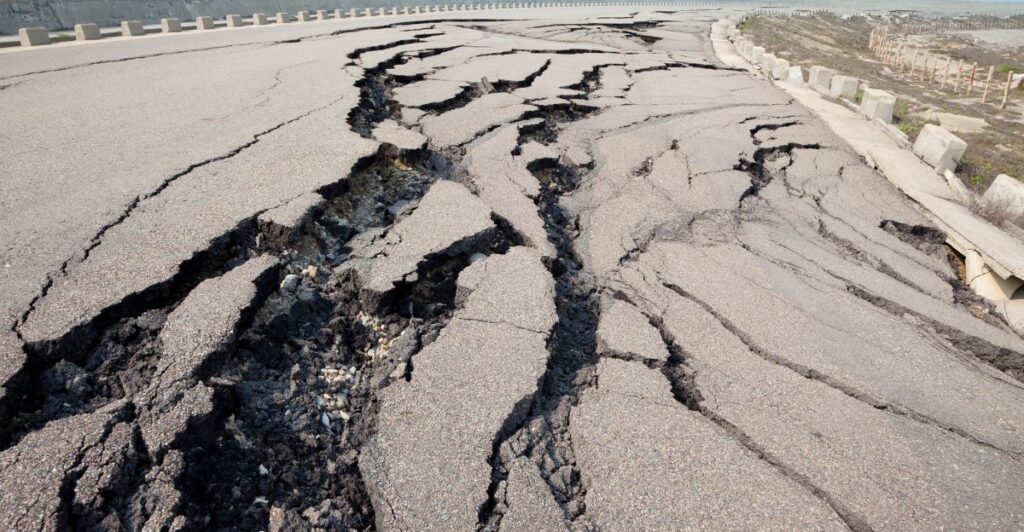
The San Andreas Fault is known for devastating earthquakes that have transformed California’s landscape and infrastructure. The shaking from the 1906 San Francisco earthquake (magnitude 7.8) destroyed parts of the city and left more than 3,000 people dead and more than half the population homeless.
In a similar fashion, the Loma Prieta quake of 1989 (6.9 magnitude) disrupted the World Series, collapsed freeways, and caused $6 billion in damages.
Paleoseismic studies of the fault also show that in some places — including the Santa Cruz Mountains — major quakes have struck along different segments every 125 years or so. These historical patterns emphasize the inevitability of future seismic events and highlight the need for preparedness.
Current Trends in Seismic Activity
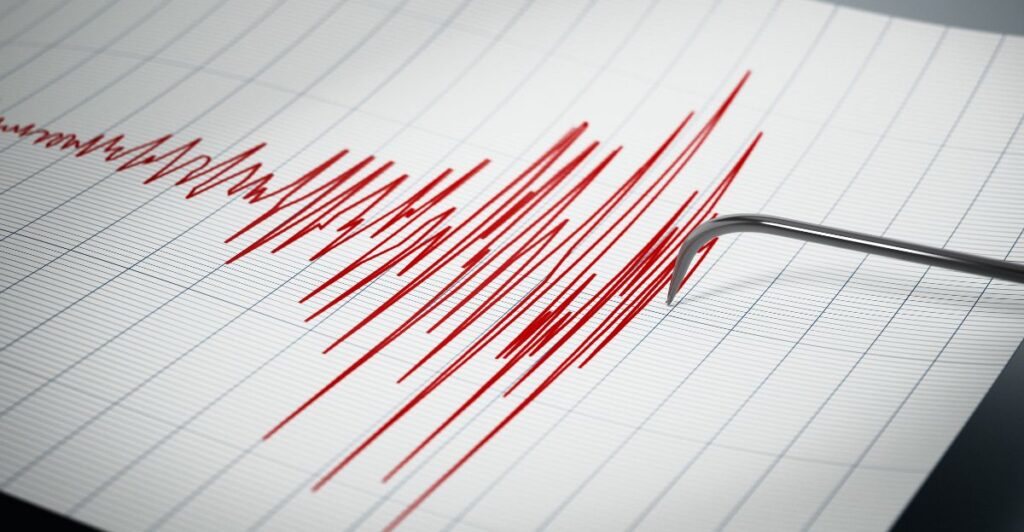
Recent scientific monitoring shows an increase in microseismic activity in the vicinity of the San Andreas Fault. These small tremors usually undetectable by humans, are a sign of accumulating stress in the fault system.
Tools such as GPS and satellite imaging have enabled researchers to monitor these movements with unparalleled accuracy. In particular, scientists are monitoring the southern segment of the fault, which has been in a relatively quiet period for more than a century — a troubling sign given its potential for a high-magnitude rupture. This uptick in activity comports with expectations that stress will ultimately culminate in the form of a large earthquake.
Challenges in Earthquake Prediction

Despite innovations in technology, forecasting earthquakes are among the greatest challenges in science. Although seismologists can determine regions with elevated risk levels on the basis of historical data and current trends, they cannot say when or where a major quake will happen.
Tectonic systems are complex and there are no consistent precursors, so forecasting remains elusive. However, tools such as seismometers and machine learning algorithms are enhancing risk assessments by studying patterns in fault activity. For Californians, this uncertainty contributes to their anxiety as they face the reality of living under persistent earthquake threats.
Urban Vulnerability and Human Impact

California’s urban centers — Los Angeles, San Francisco, and others — are dangerously close to the San Andreas Fault. A massive quake could devastate infrastructure, from highways to water systems, and leave millions without essential services.
The economic cost would be enormous; estimates place damages caused by a magnitude 7+ quake at more than $200 billion. Beyond the physical devastation, the psychological toll on residents would be profound, and trauma and anxiety are likely to persist long after the event. These risks underscore the importance of strong preparedness measures to mitigate human suffering and economic loss.
Infrastructure Preparedness
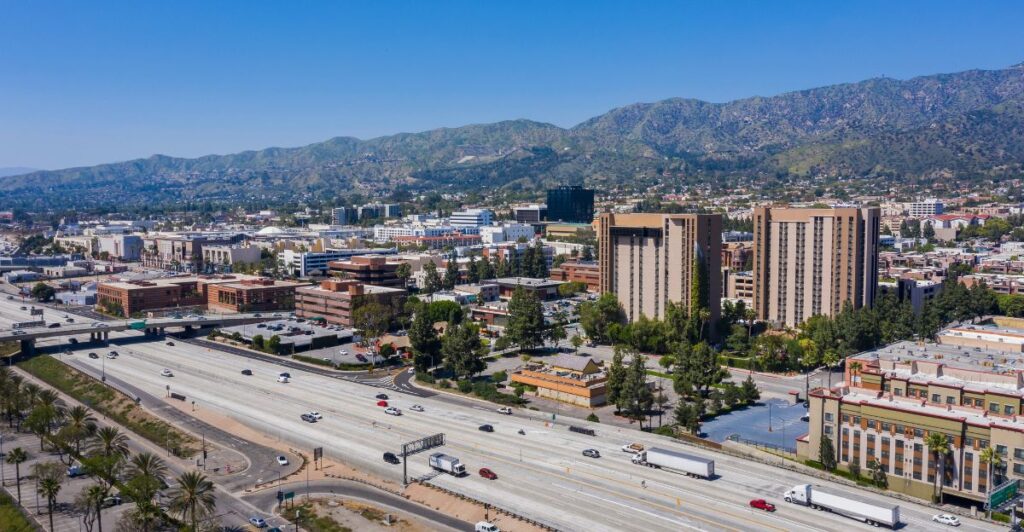
California has made considerable investments in earthquake preparedness, including updating building codes to make sure structures can withstand the forces of an earthquake.
High-risk areas have prioritized retrofitting older buildings and bridges. Statewide drills such as “The Great ShakeOut” educate millions about survival strategies during earthquakes.
However, aging infrastructure is a critical vulnerability. Many older buildings were not designed with the modern reinforcements required to withstand high-magnitude quakes. Experts warn that without additional investment in resilient infrastructure, even moderate earthquakes could have devastating consequences.
Environmental Consequences
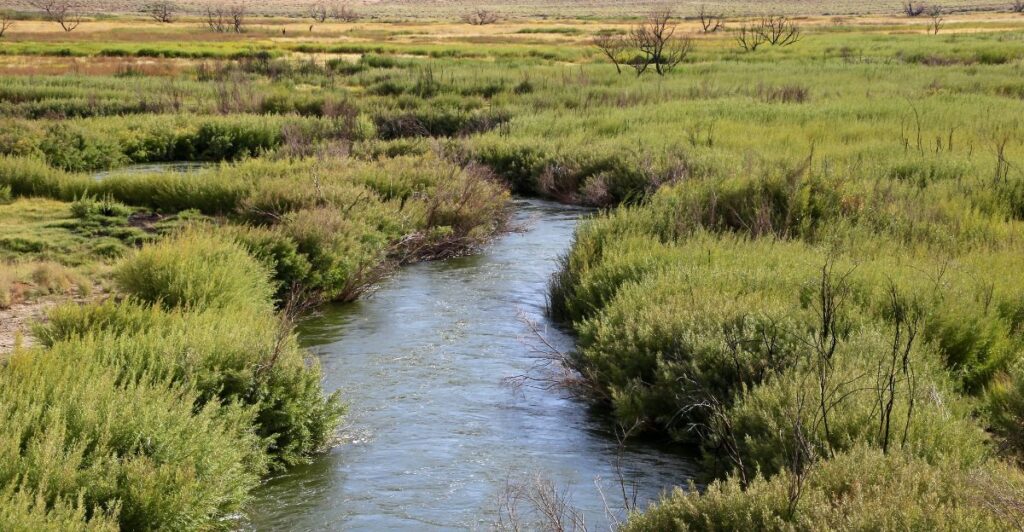
Earthquakes along the San Andreas Fault can set off cascading environmental consequences, such as landslides, soil liquefaction, and changes to river courses. For example, sediment displacement during quakes can disrupt water supplies crucial for agriculture and urban use.
Landslides can also destroy habitats and permanently change ecosystems. These environmental consequences are more than just human impacts; they require long-term strategies and considerations to minimize the impact on California’s natural landscapes while still addressing human needs.
Economic Fallout of Major Quakes

The economic fallout from a major earthquake would be felt across many industries and regions far beyond California. Damage to transportation networks may disrupt supply chains around the country, and prolonged loss of power could cripple businesses that depend on digital infrastructure.
Insurance claims would run into billions of dollars, straining financial systems already burdened by climate-related disasters. Proactive investments in resilient infrastructure and disaster insurance are crucial for mitigating these potential economic shocks.
Psychological Resilience Amid Seismic Anxiety

The psychological toll of living under the constant threat of earthquakes weighs heavily on Californians. Studies indicate a fear of “the Big One” leads to chronic anxiety among residents in fault zones.
After big quakes, post-traumatic stress disorder, or PTSD, is common as survivors navigate loss and uncertainty. Such mental health programs also have a crucial role in recovery by promoting community cohesion and providing emotional support in times of crisis. Addressing psychological resilience, alongside physical preparedness, is a key factor that contributes to long-term recovery.
Final Analysis
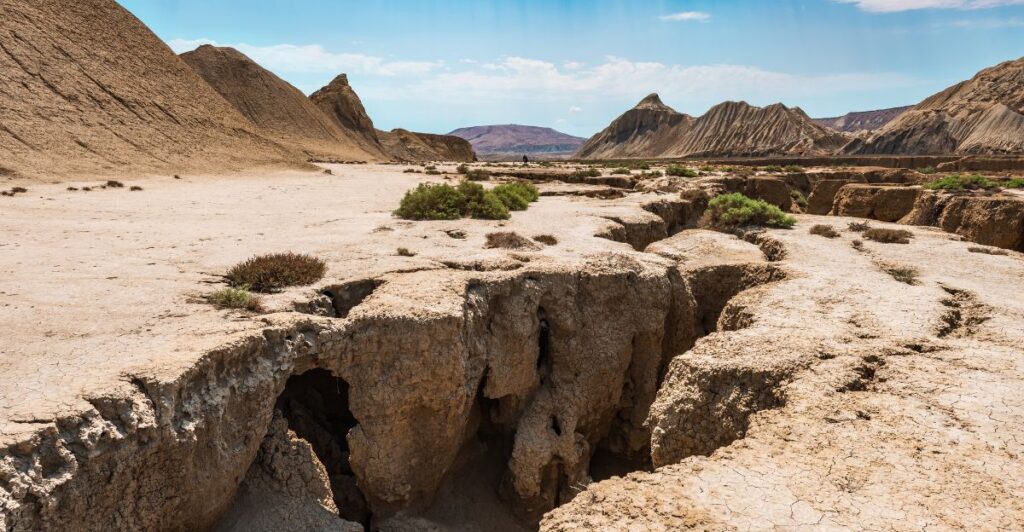
The recent increase in activity along the San Andreas Fault highlights California’s precarious place on top of one of the most dangerous geological features on Earth.
Science may not be able to predict earthquakes with precision, but it can tell us a great deal about risk factors that require action today — before disaster strikes tomorrow. Investing in resilient infrastructure, devising public education campaigns, and leveraging advances in seismic research are essential to protecting lives and livelihoods against inevitable quakes.
Californians must embrace preparedness as a collective responsibility because when “the Big One” arrives, survival will depend not on science but also on community resilience.
Explore more of our trending stories and hit Follow to keep them coming to your feed!

Don’t miss out on more stories like this! Hit the Follow button at the top of this article to stay updated with the latest news. Share your thoughts in the comments—we’d love to hear from you!







